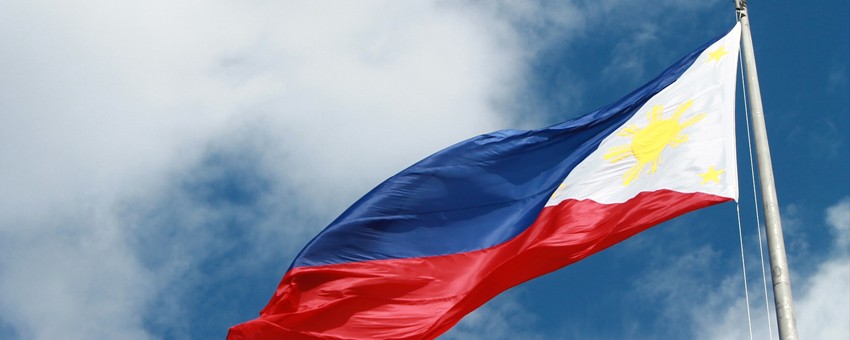
There was palpable disappointment among foreign investors’ groups when Malacañang finally released last week the 11th Foreign Investment Negative List (FINL), which specifies sectors where foreigners are not allowed to invest in or are limited to a maximum of 40 percent.
Months before, President Duterte’s economic managers were optimistic about the forthcoming list, claiming that many economic sectors would be scrapped off it to entice more foreign investors to come to the country.
But, when the list came out, even Socioeconomic Planning Secretary Ernesto Pernia could not hide his dissatisfaction, describing the changes in the latest FINL as “marginal improvements in our effort to attract foreign direct investments (FDIs).”
Guenter Taus, the president of the European Chamber of Commerce of the Philippines, said that, overall, it fell short of the aggressive changes pursued by the National Economic and Development Authority, which is headed by Pernia, and the latest negative list had only “modest gains” such as the liberalization in insurance adjustment and the slight expansion of the practice of professions.
Also opened to foreign investors are internet businesses, lending companies, financing companies and investment houses as well as wellness centers.
The latest FINL also increased to 40 percent the allowed participation of foreigners in the construction and repair of locally funded public works, as well as private radio communications networks, from the previous 25 percent and 20 percent, respectively.
Take the case of the retail trade sector. Prior to the release of the FINL, Pernia announced that the government was planning to lower the paid-up capital requirement for foreign retailers setting up shop in the country to $200,000 from $2.5 million at present.
Under the approved FINL, the barrier to entry in the local retail market is still the same at $2.5 million. Trade Secretary Ramon Lopez, who backed the move to lower the threshold, explained that it was not included in the FINL because it would require amending existing laws.
Realistically, the FINL can only do so much, given that it cannot change prior laws on foreign investments, a limitation that some foreign business groups also acknowledged.
These include provisions in the Constitution that bar or restrict foreign ownership in such activities as mass media, utilities and the exploitation of the country’s natural resources.
Such restrictions have partly caused the Philippines to lag behind many of its neighbors in Southeast Asia in terms of attracting foreign investors, despite being one of the region’s fastest-growing economies.
In 2017, FDI inflow to the Philippines reached $10 billion. Although a record compared with previous years, this paled in comparison with the top three recipients in the region last year: Singapore with $63.57 billion, Indonesia with $22.17 billion, and Vietnam with $14.1 billion.
Given the limitations of the FINL, the Duterte administration should now pursue the scrapping or revision of existing laws that restrict the entry of foreign investors in many industries.
There are at least six bills pending in Congress seeking to amend the Public Service Act, the Retail Trade Liberalization Act, the Foreign Investments Act and three laws to liberalize foreign participation in government projects.
There is also a strong clamor from the business community to remove restrictions on foreign equity in the 1987 Constitution.
Leaders of Congress should now look with more urgency into such reforms, as these will result in more foreign investments that can generate jobs and boost competition, which will lower prices and benefit the public some more.
There are also other factors to consider if we are to attract foreign investors. While the Philippines has an important advantage as an English-speaking nation, it also has downsides, including crucial manufacturing cost factors such as expensive
electricity, high minimum wages and a big number of nonworking holidays.
These should also be addressed alongside measures in Congress to liberalize laws that restrict the entry of much-needed foreign investments.
Article was originally published on November 5, 2018 on the Philippine Daily Inquirer online